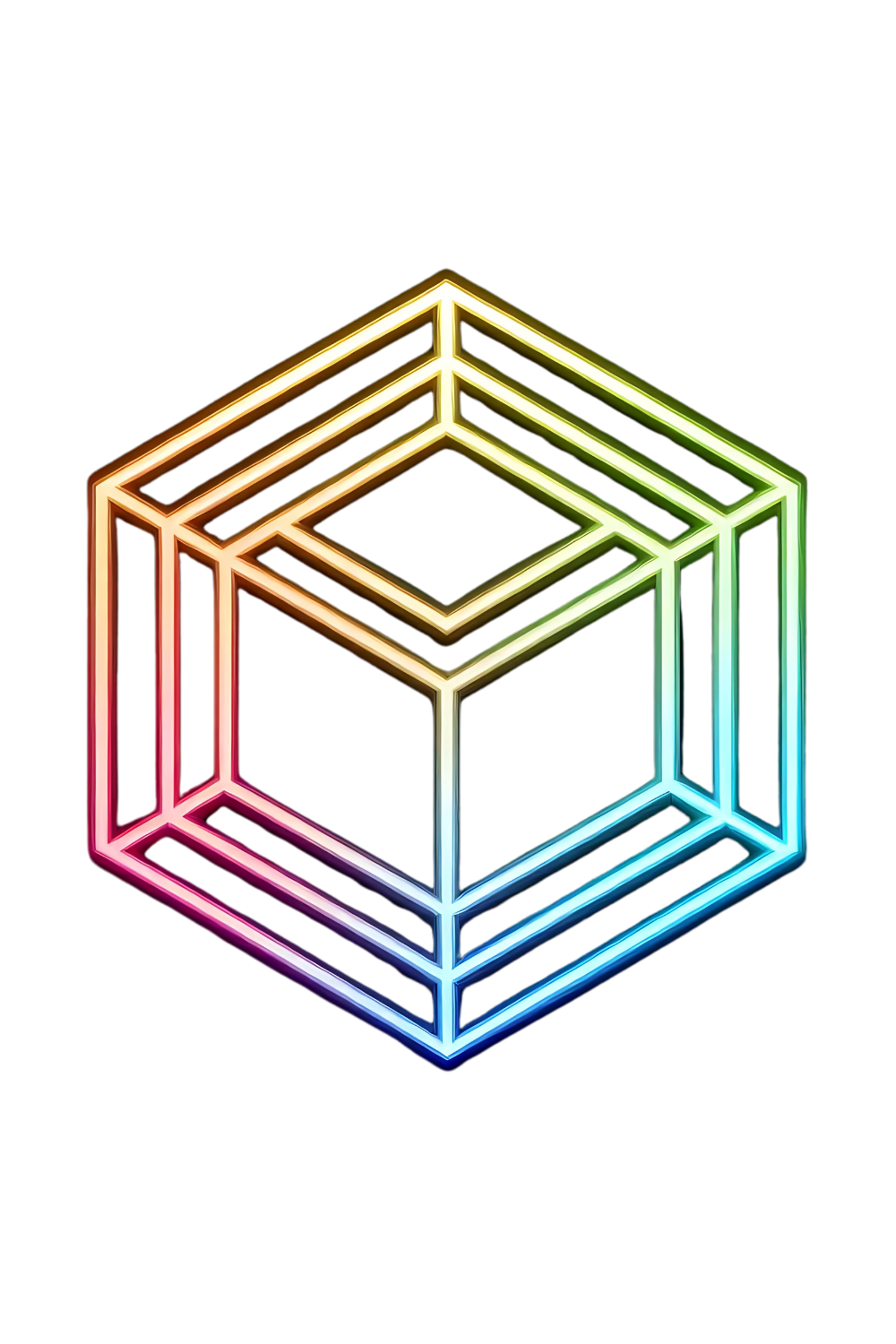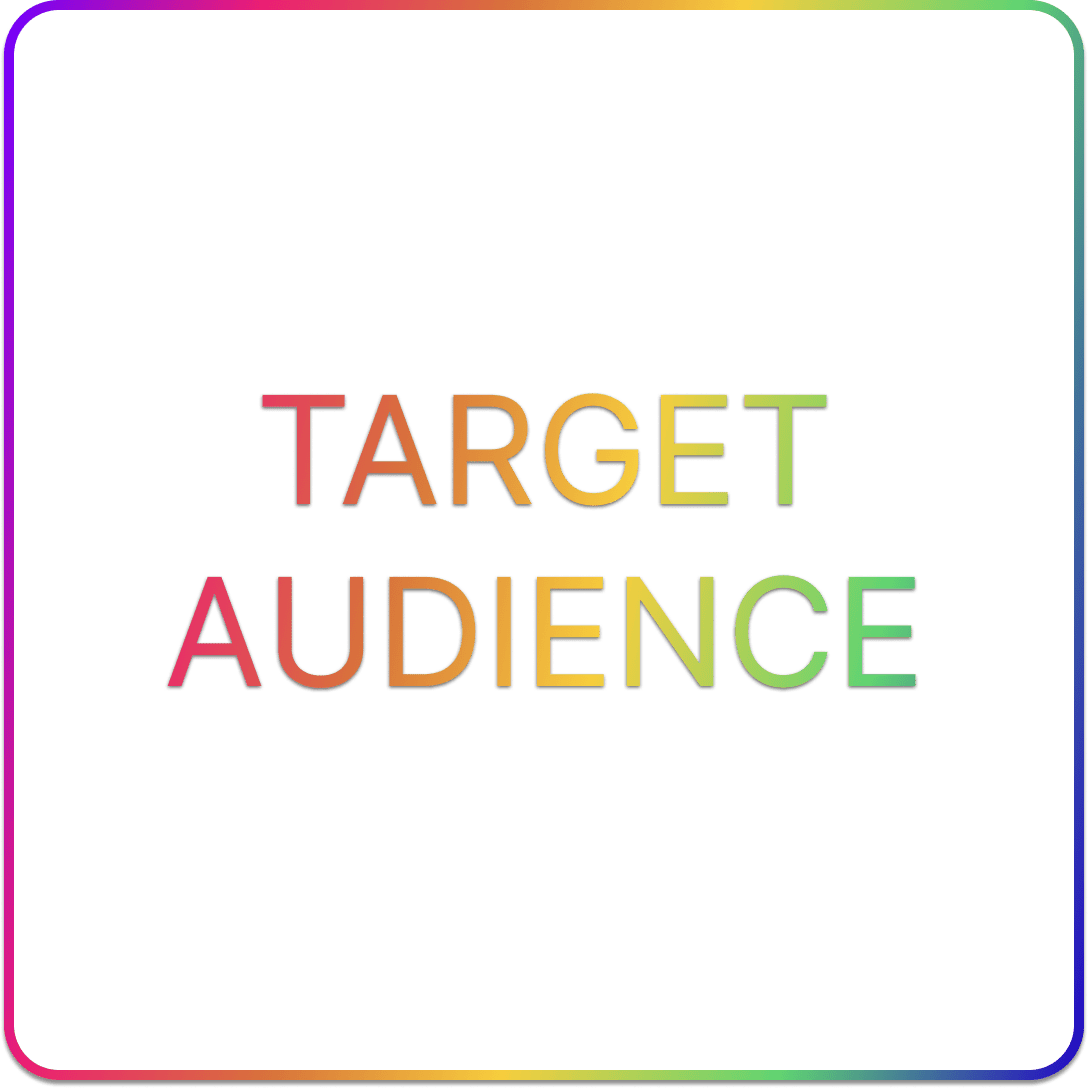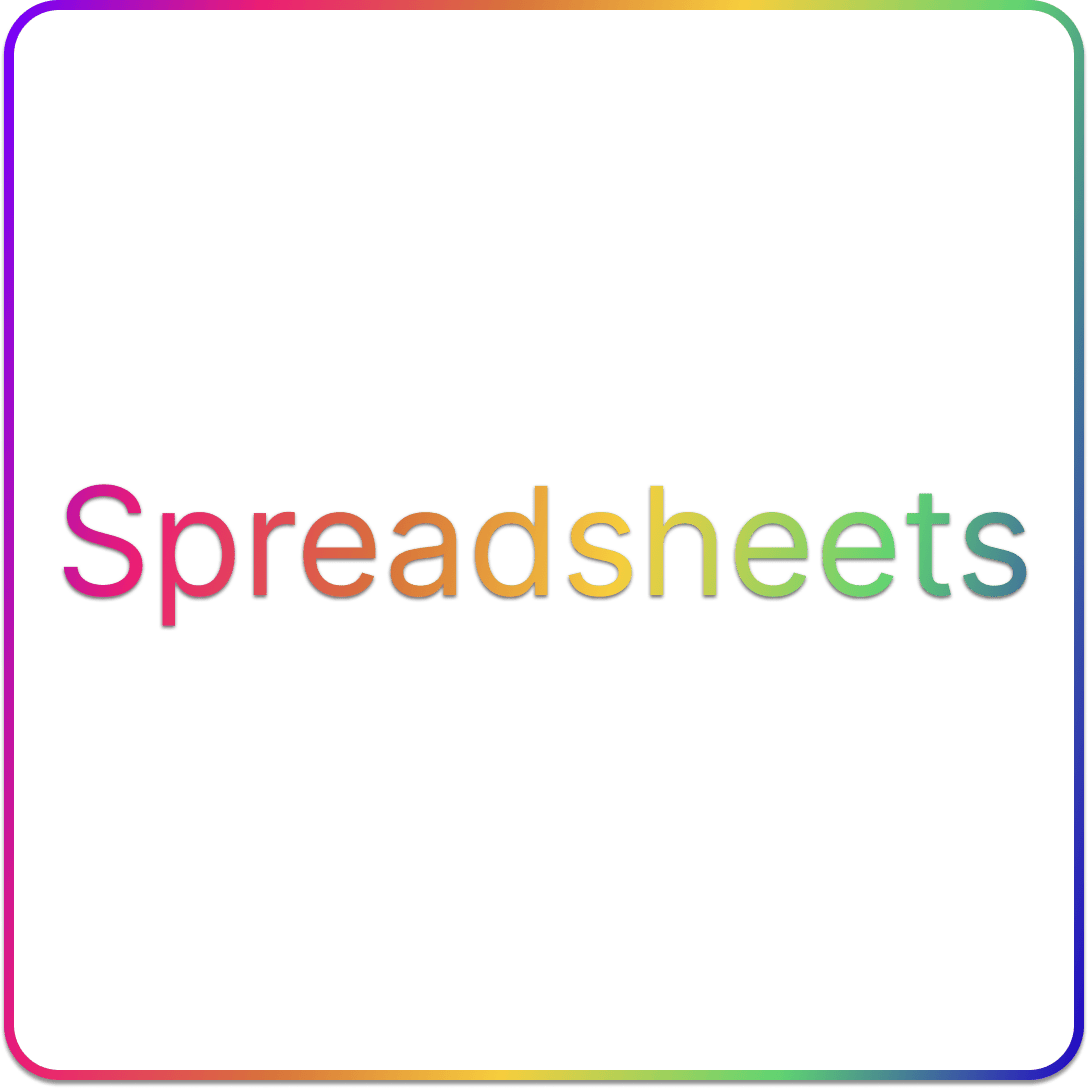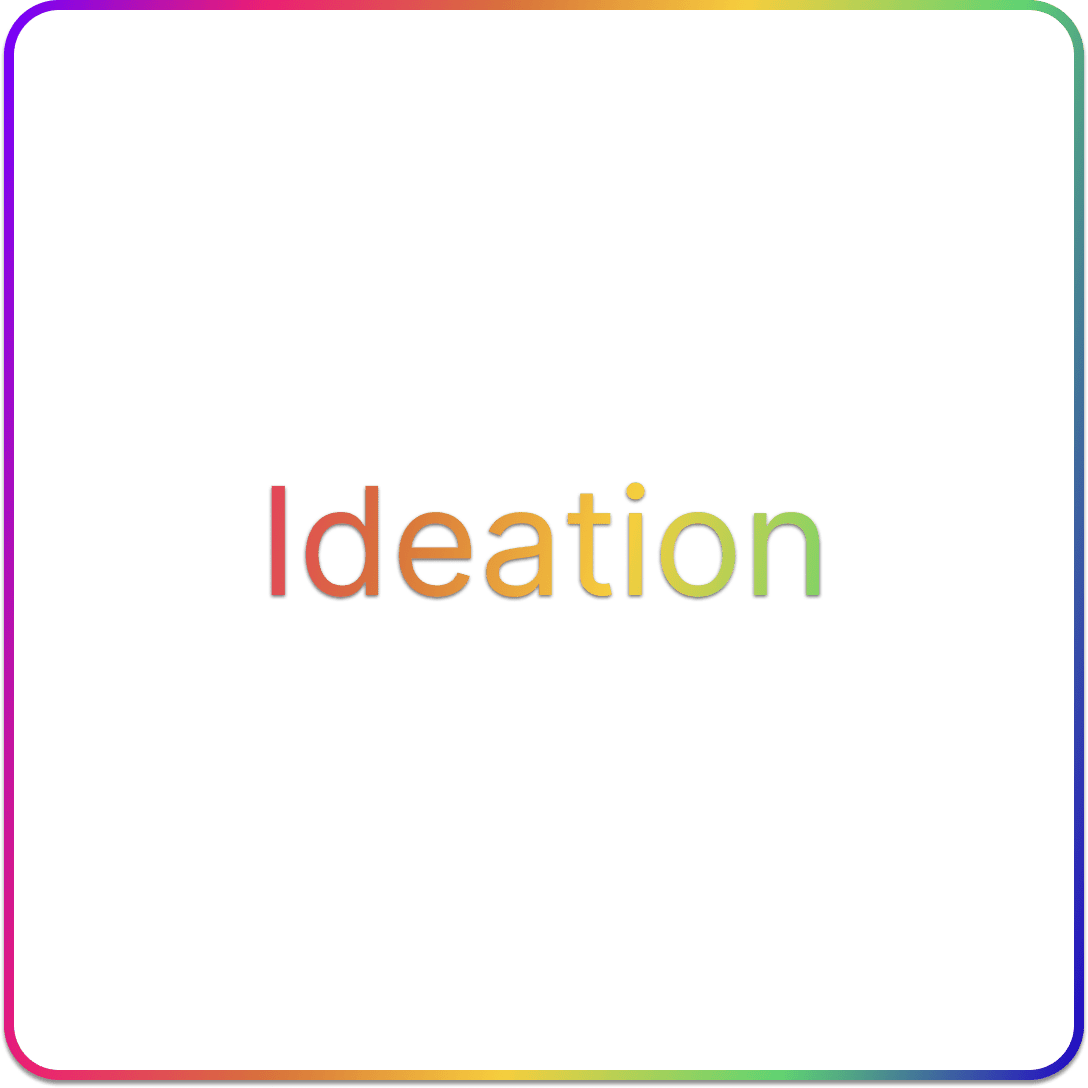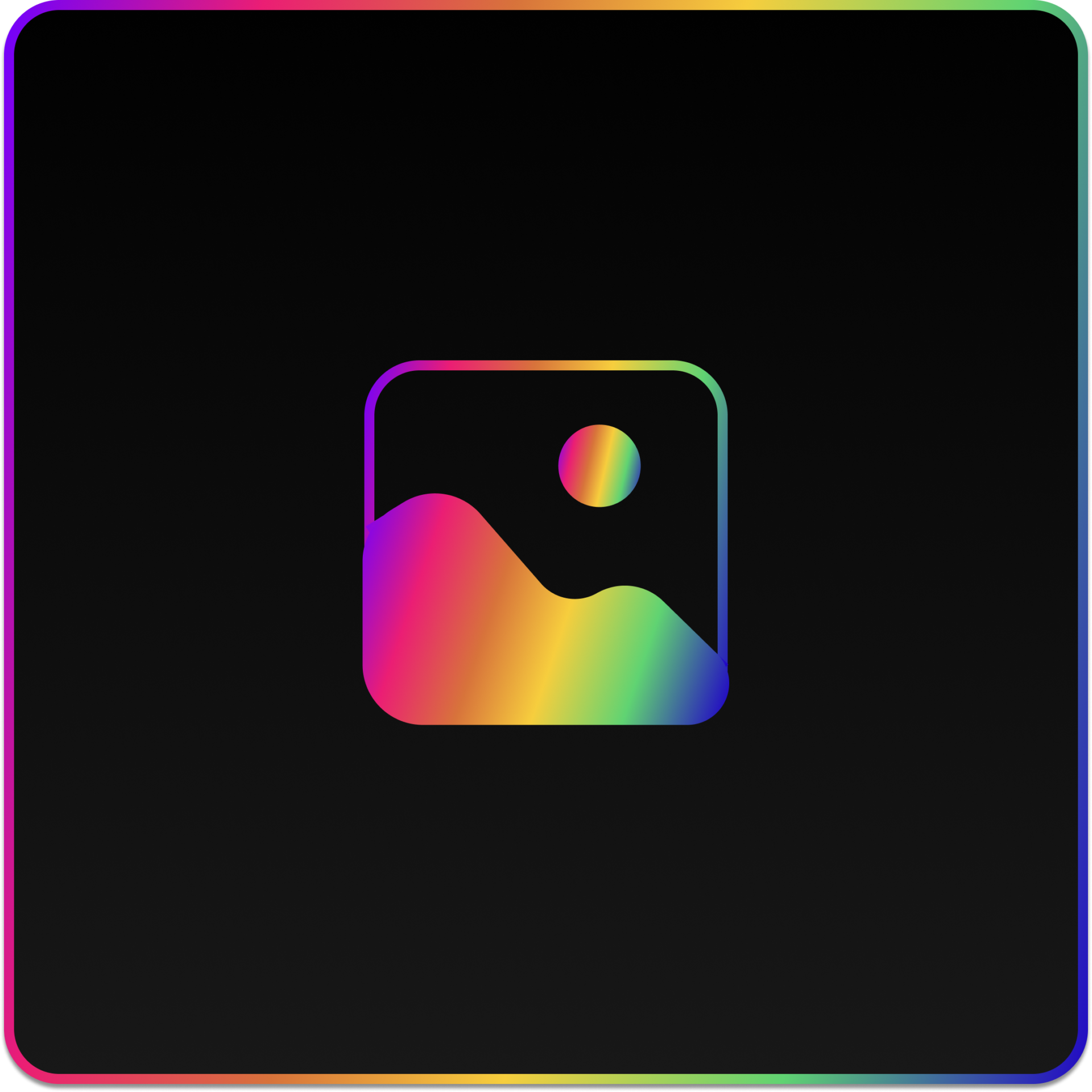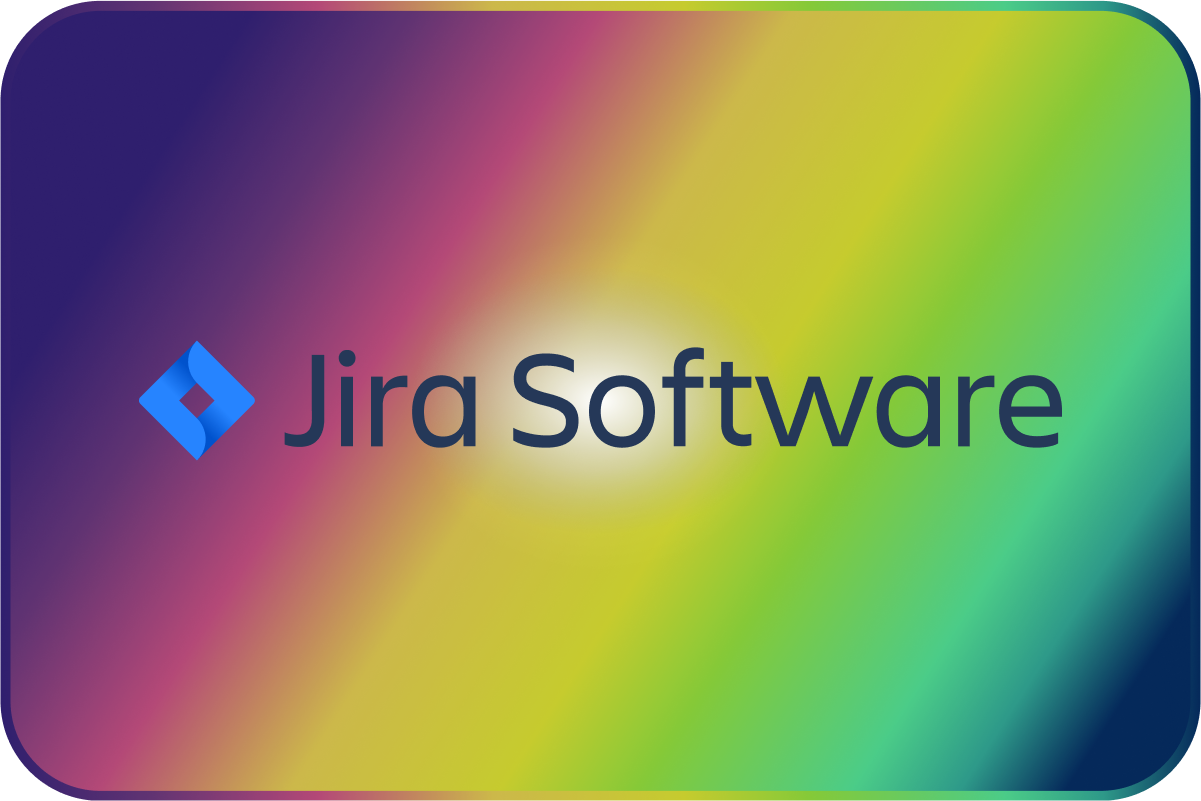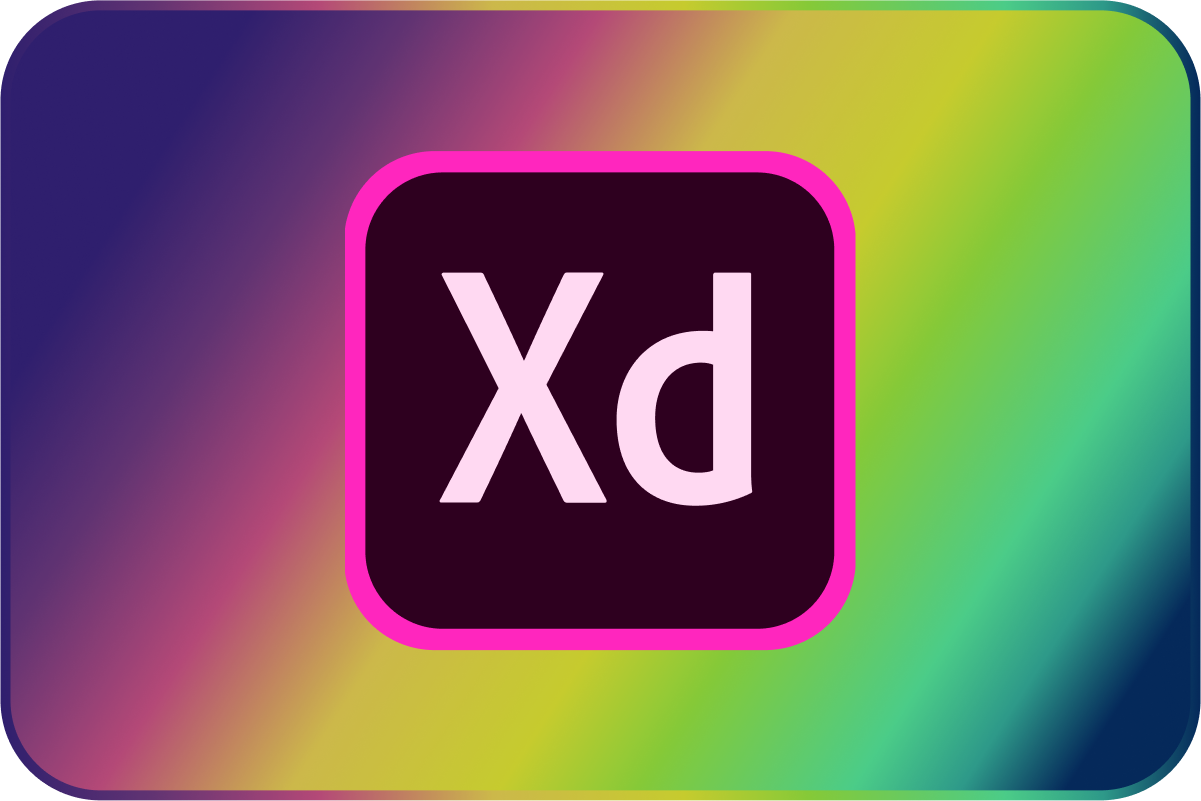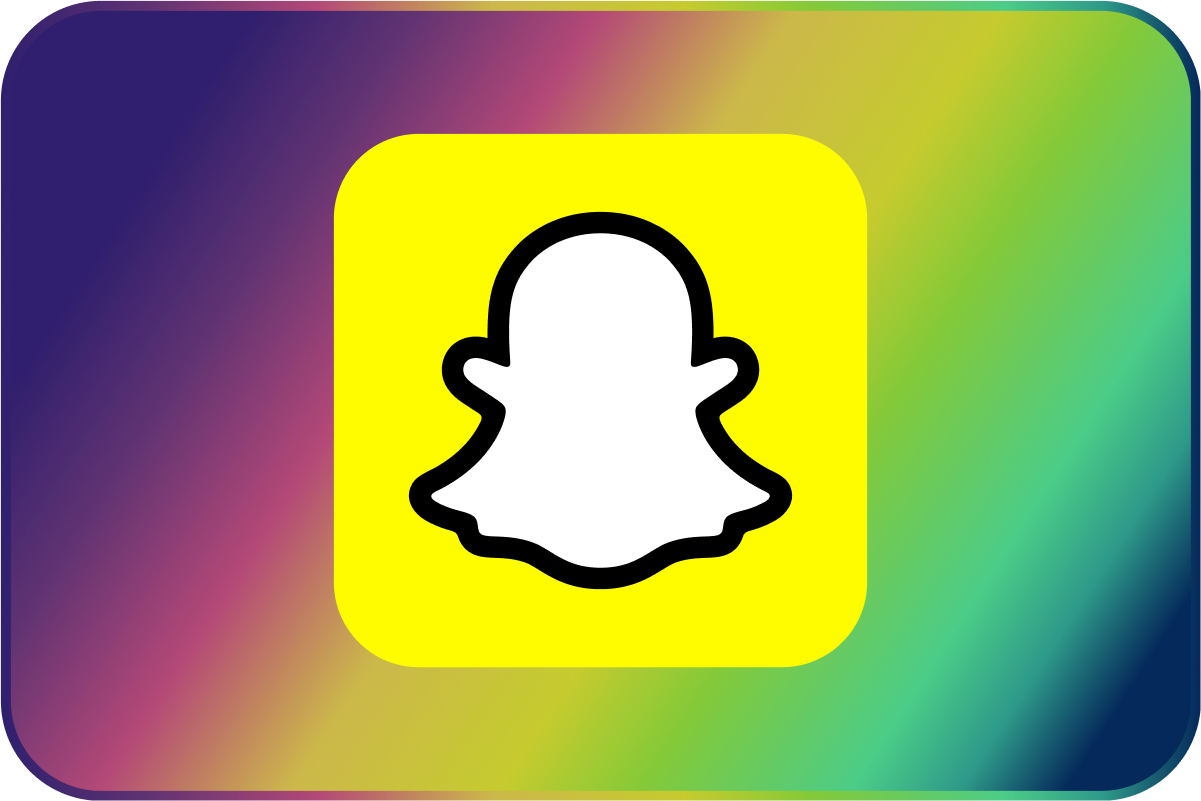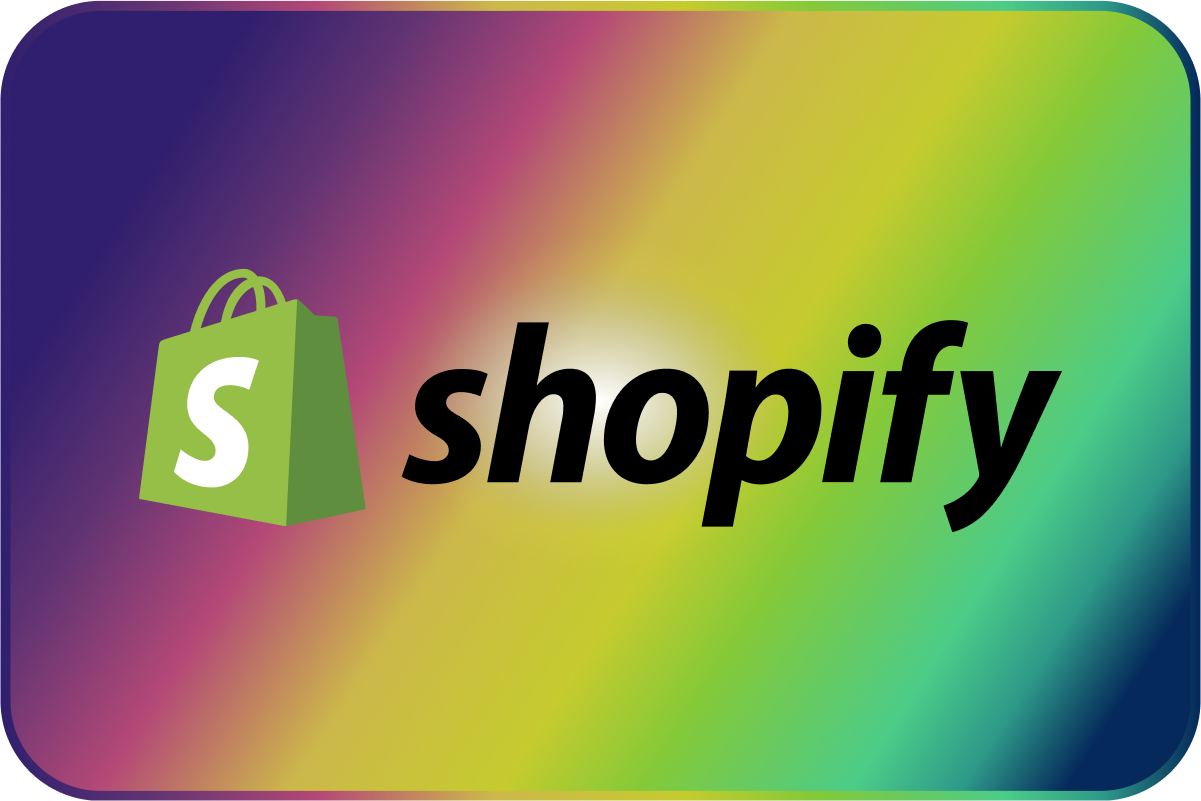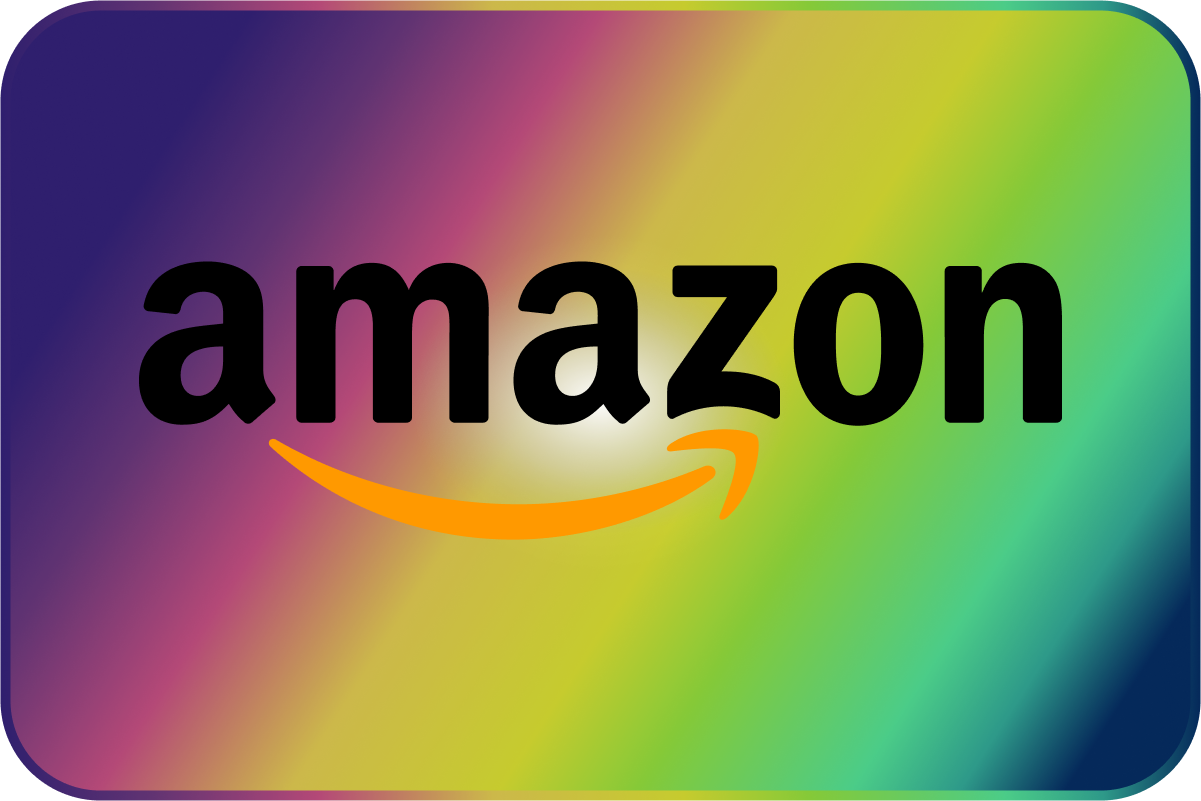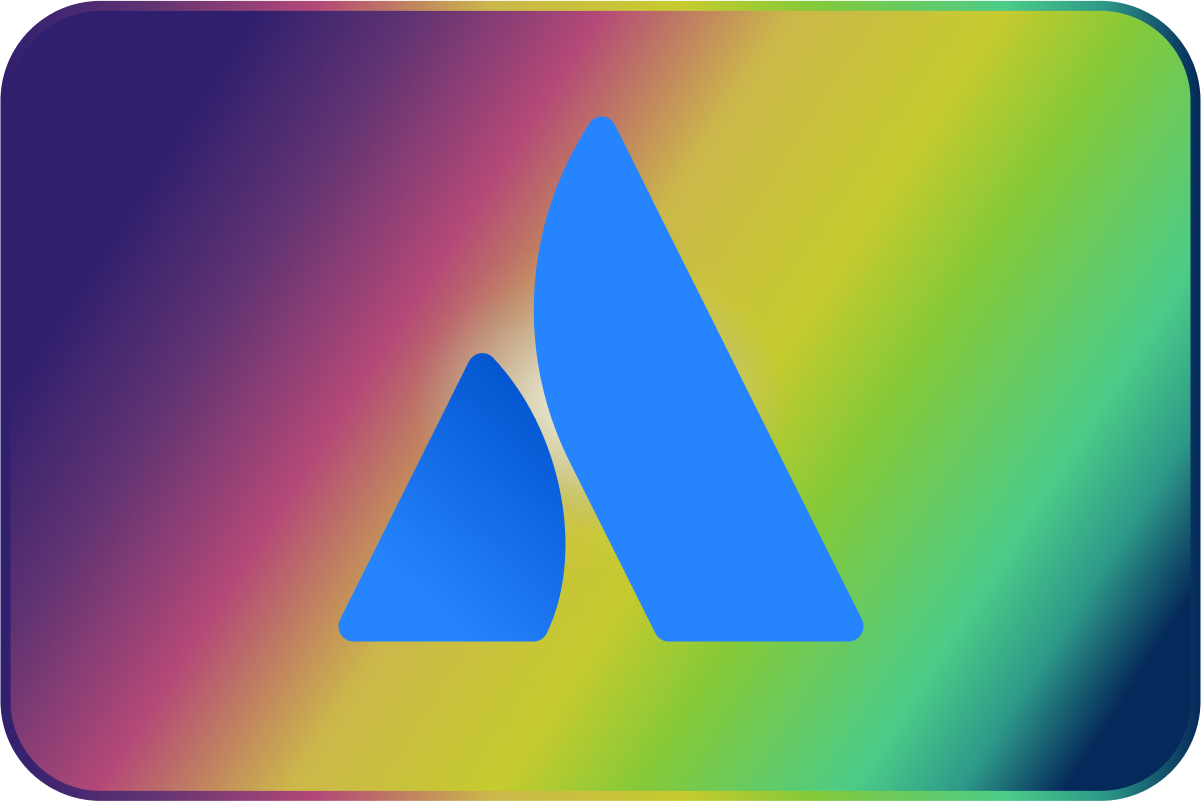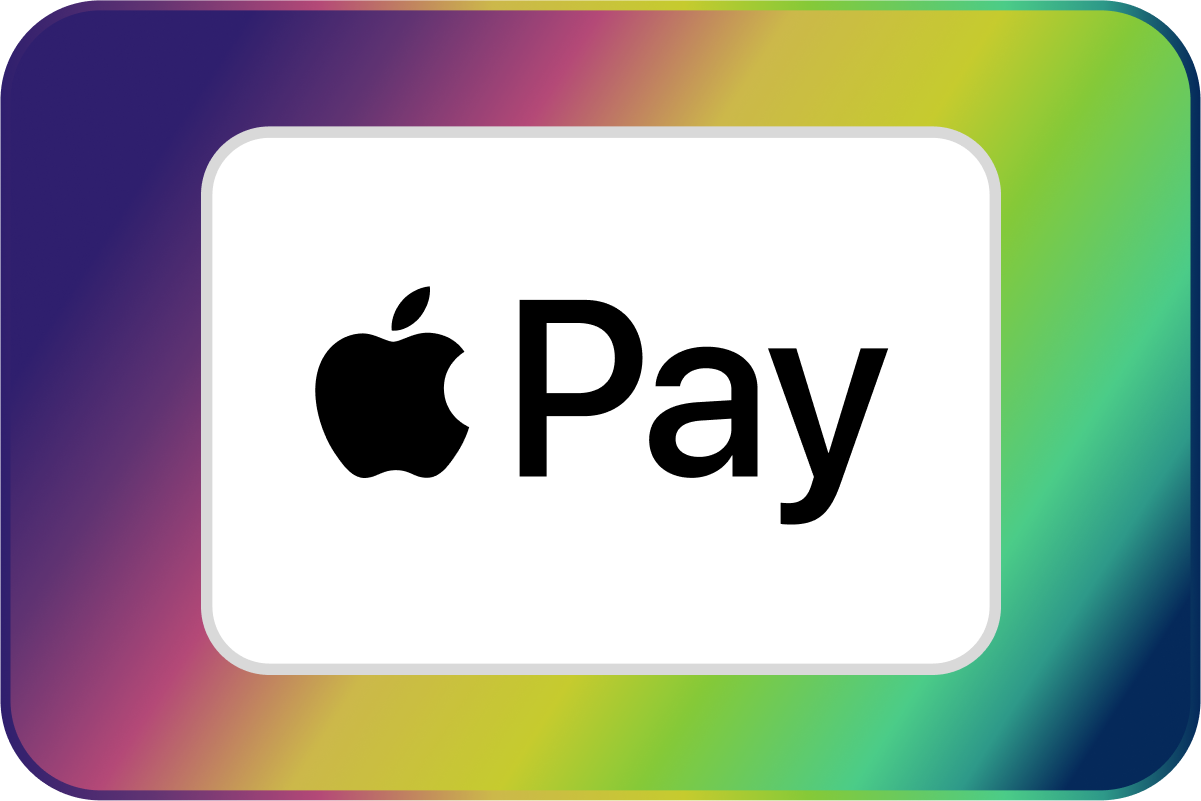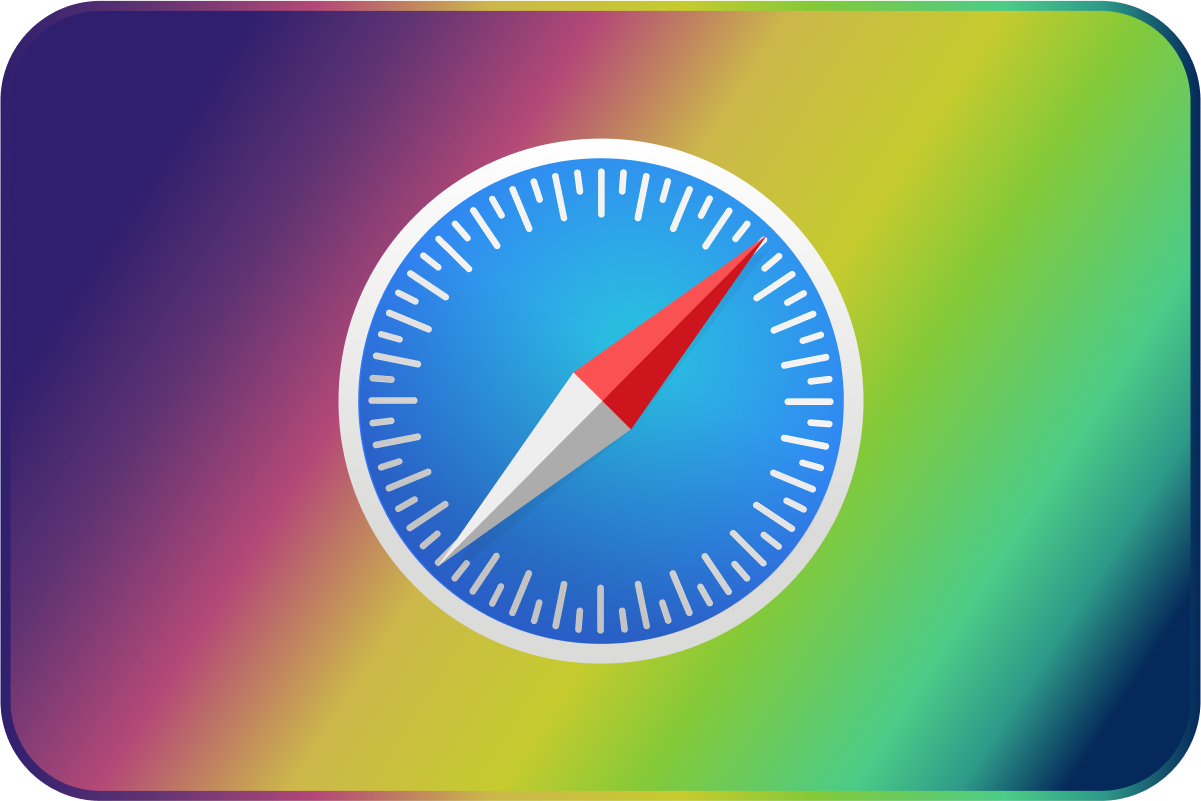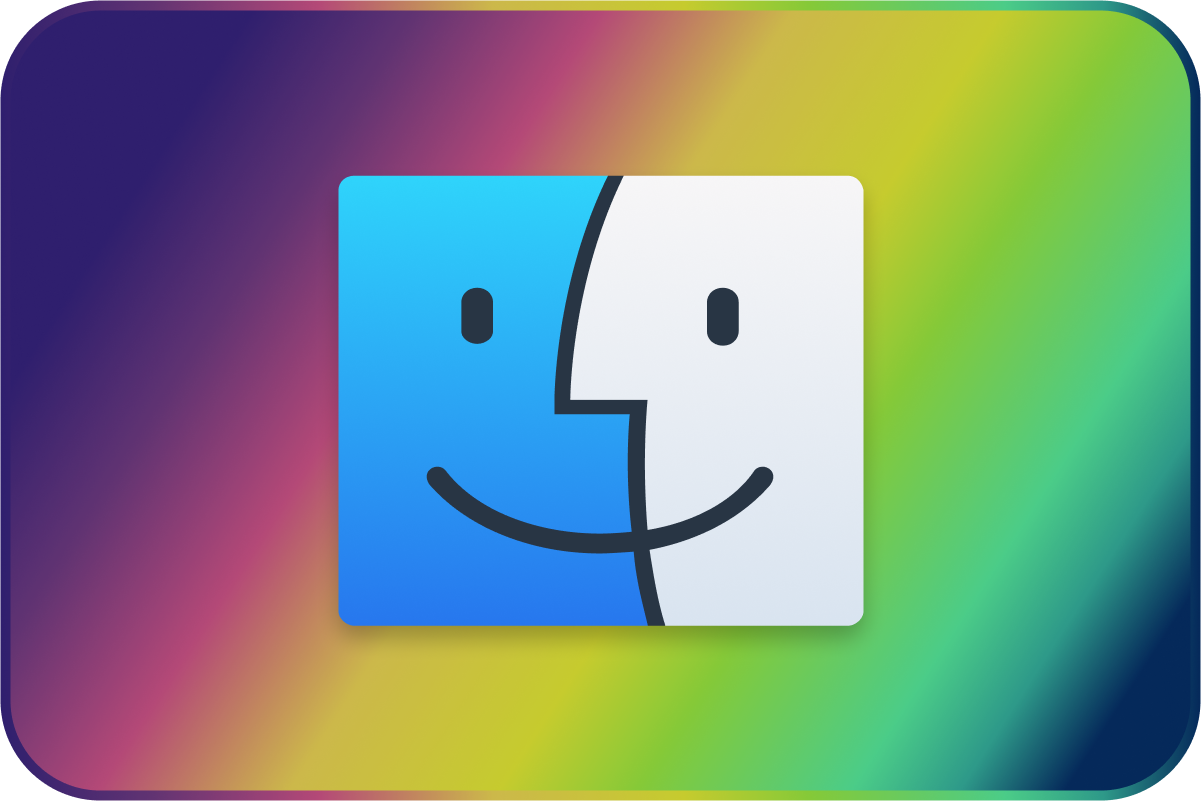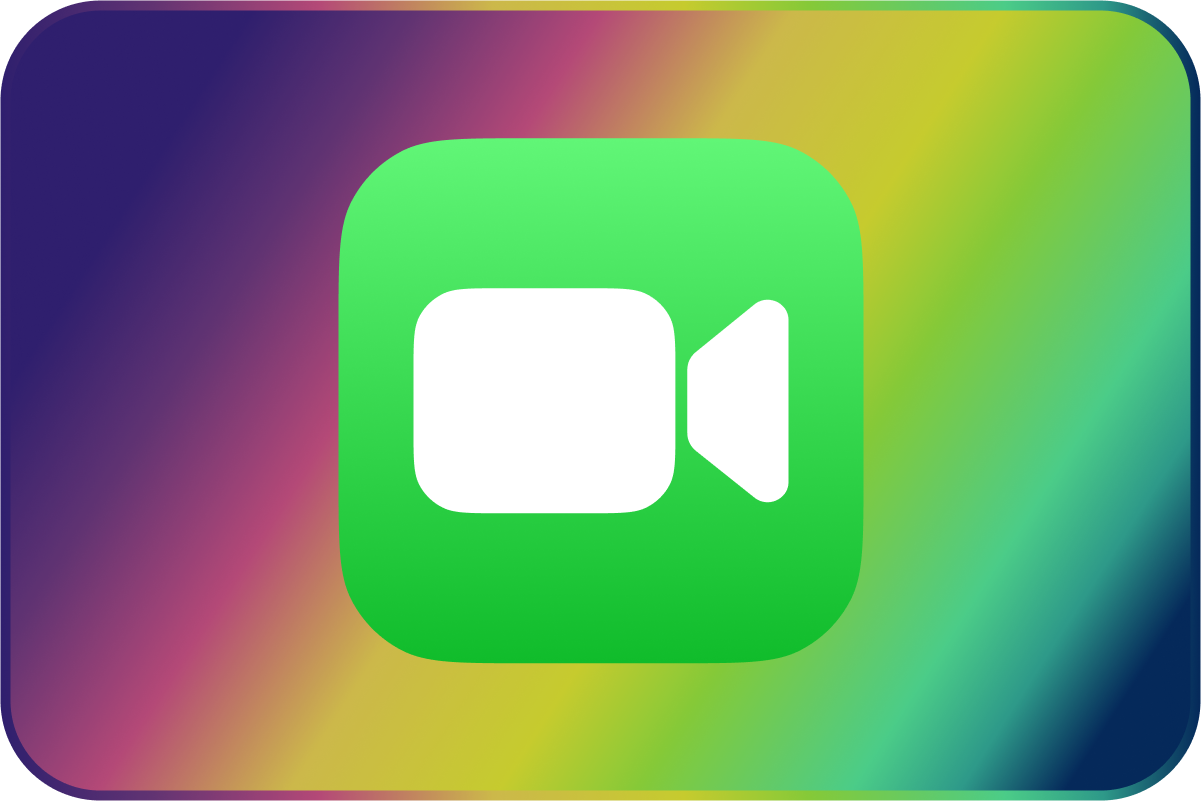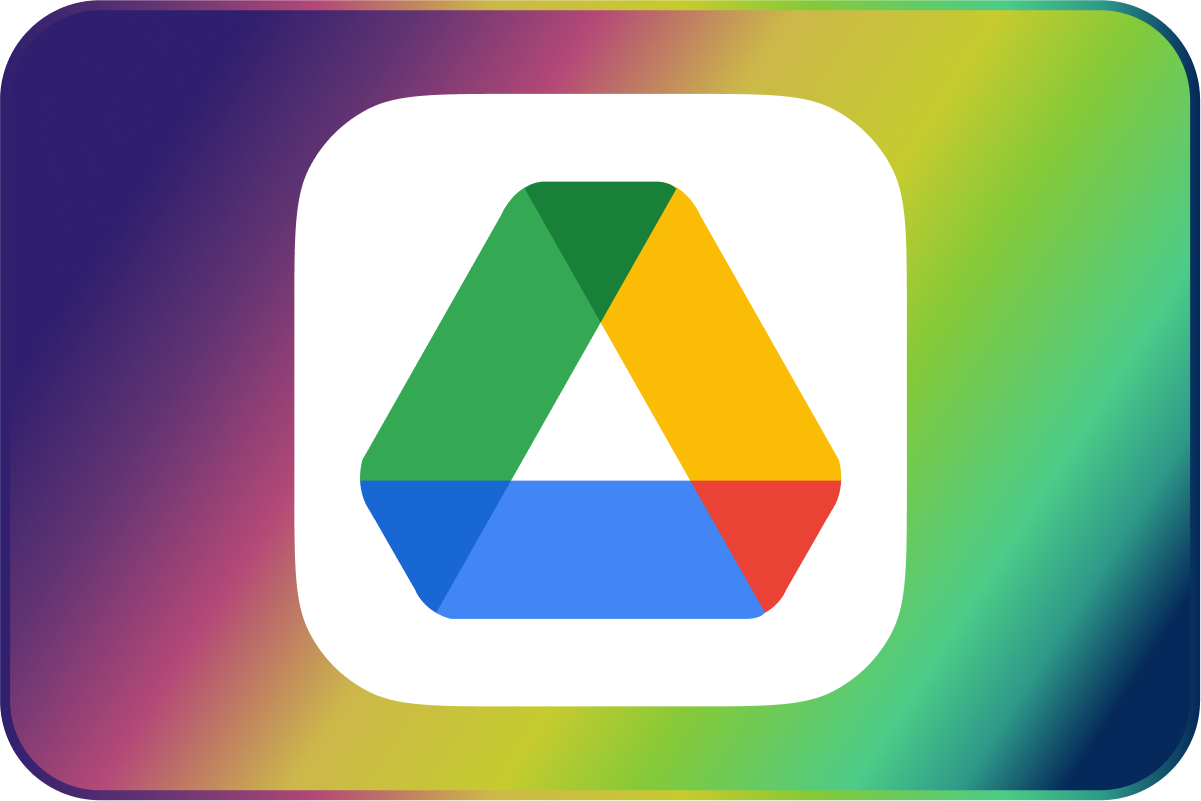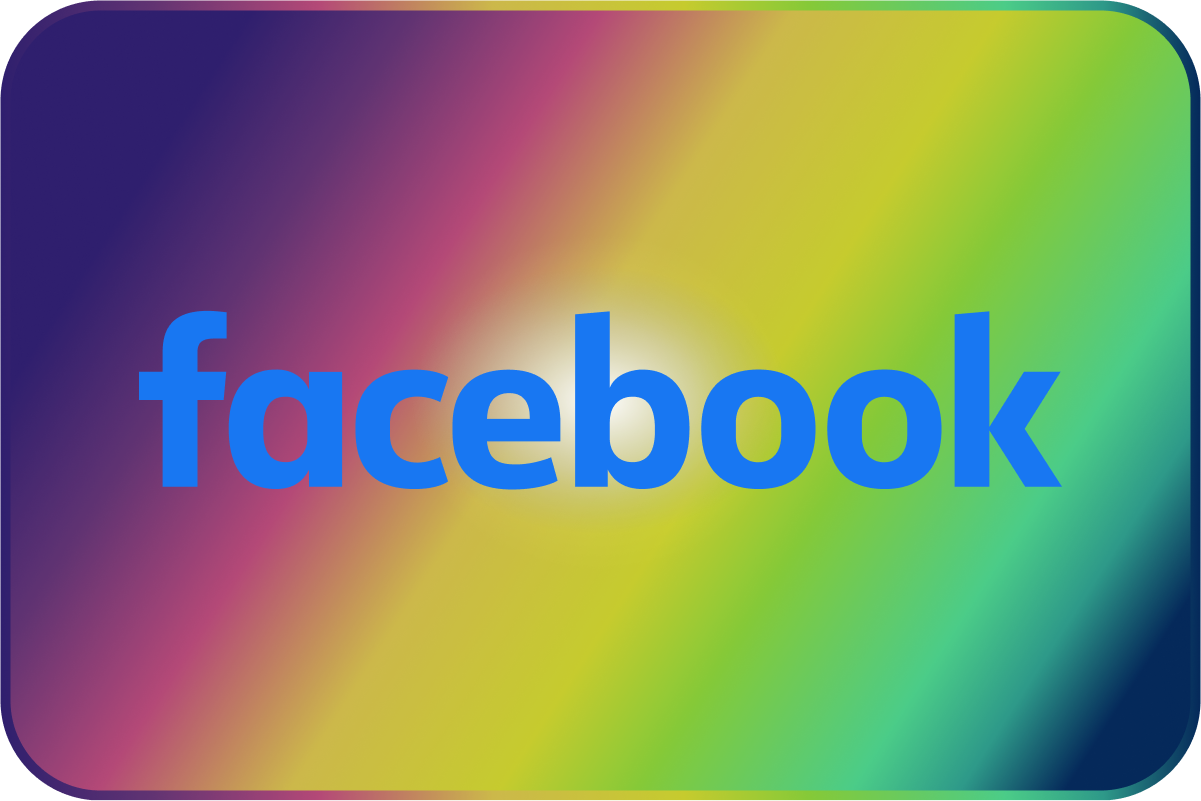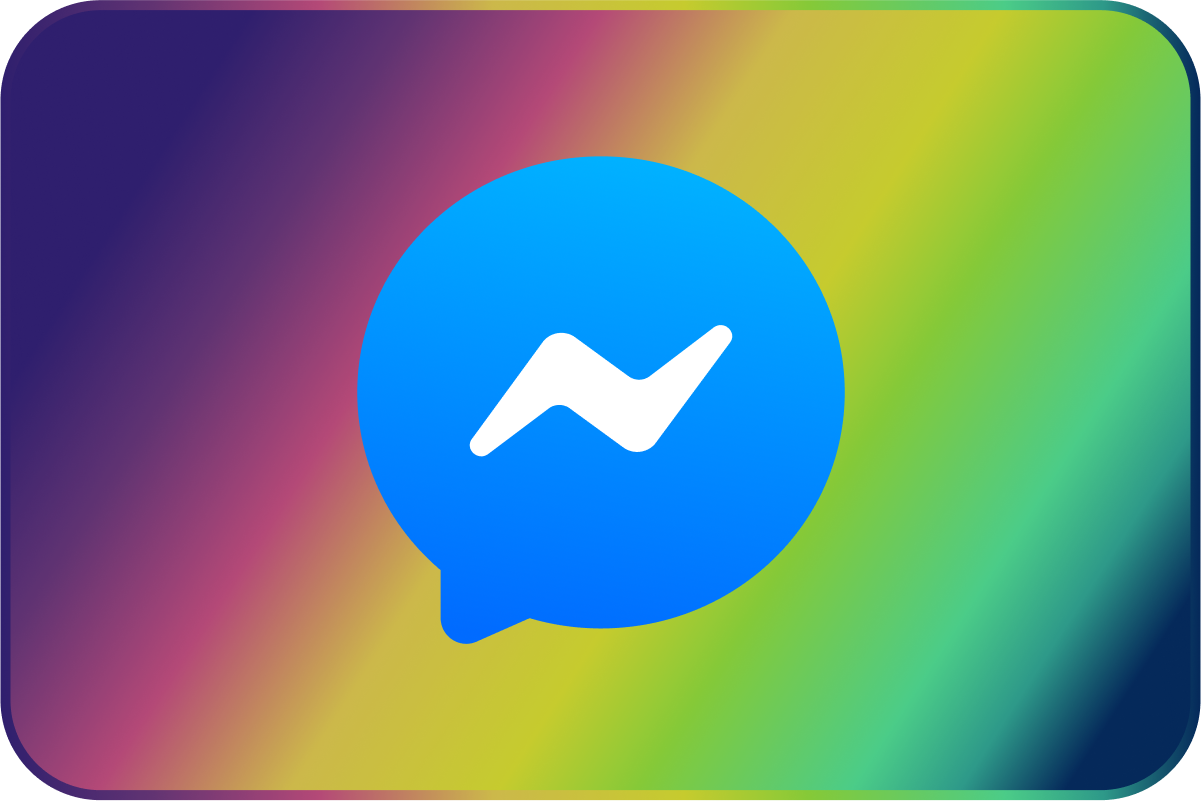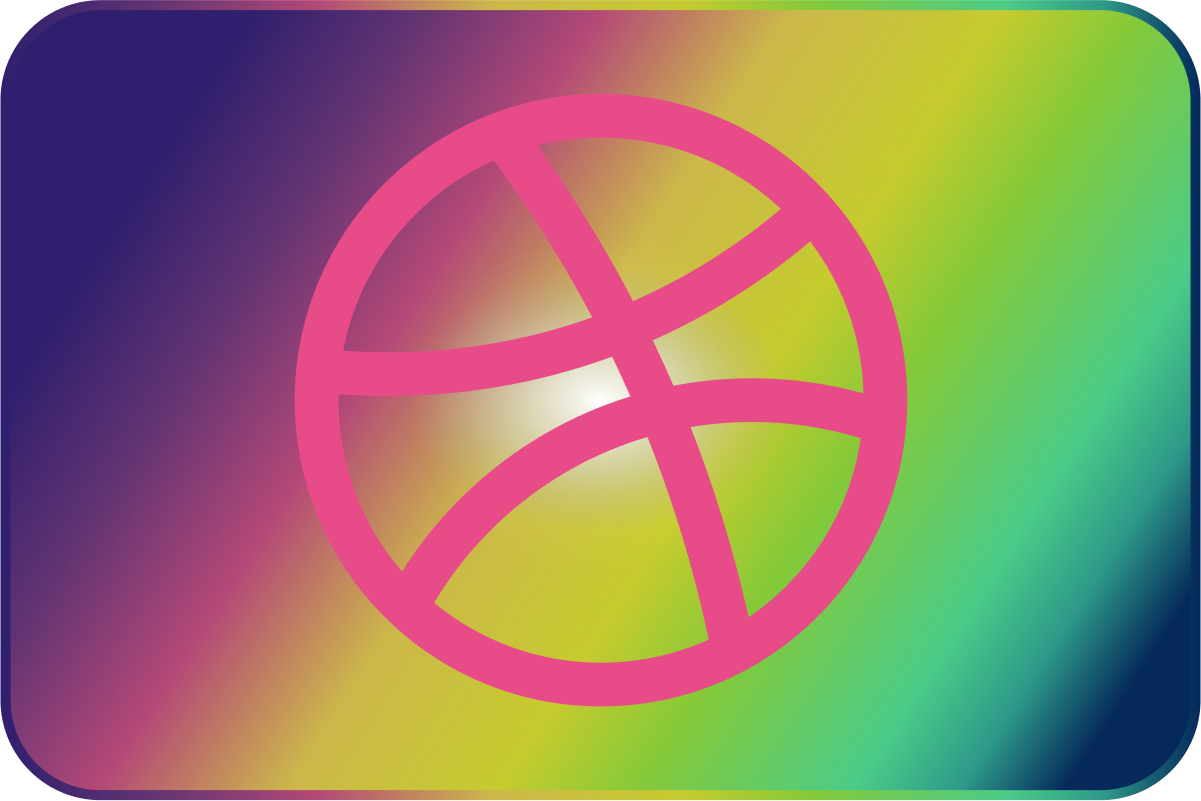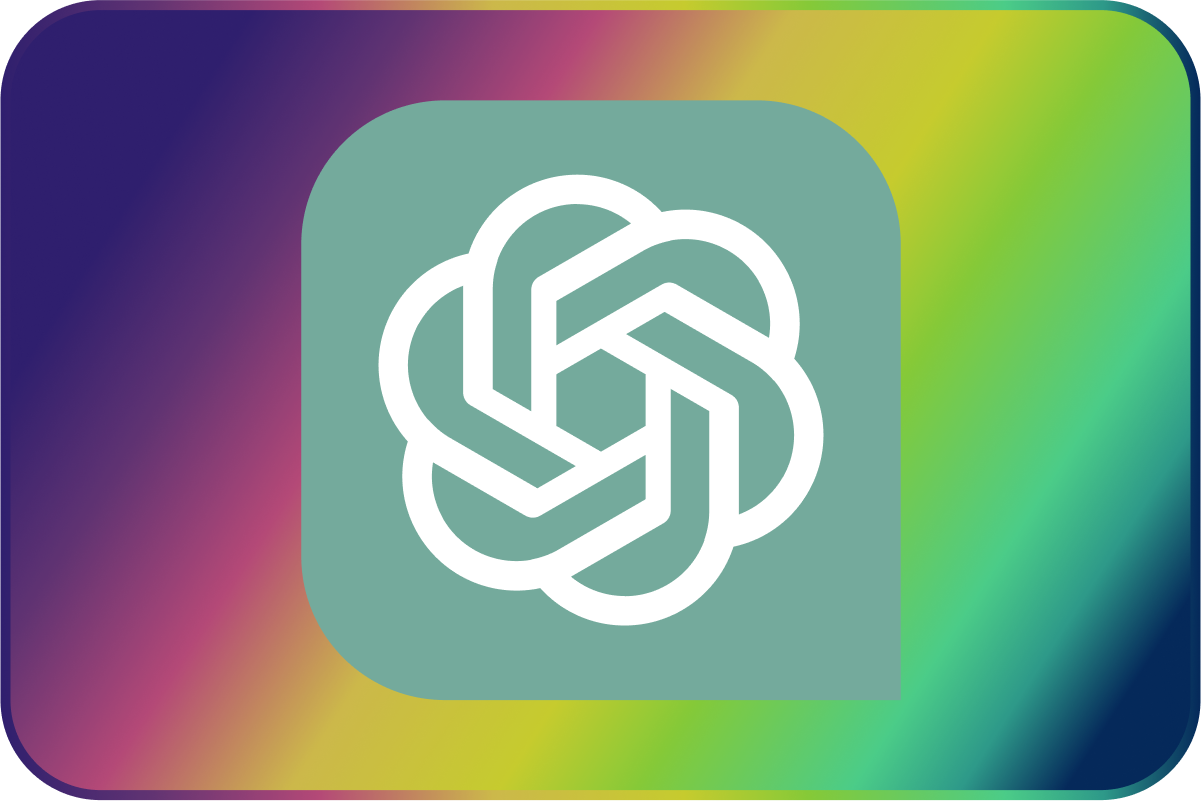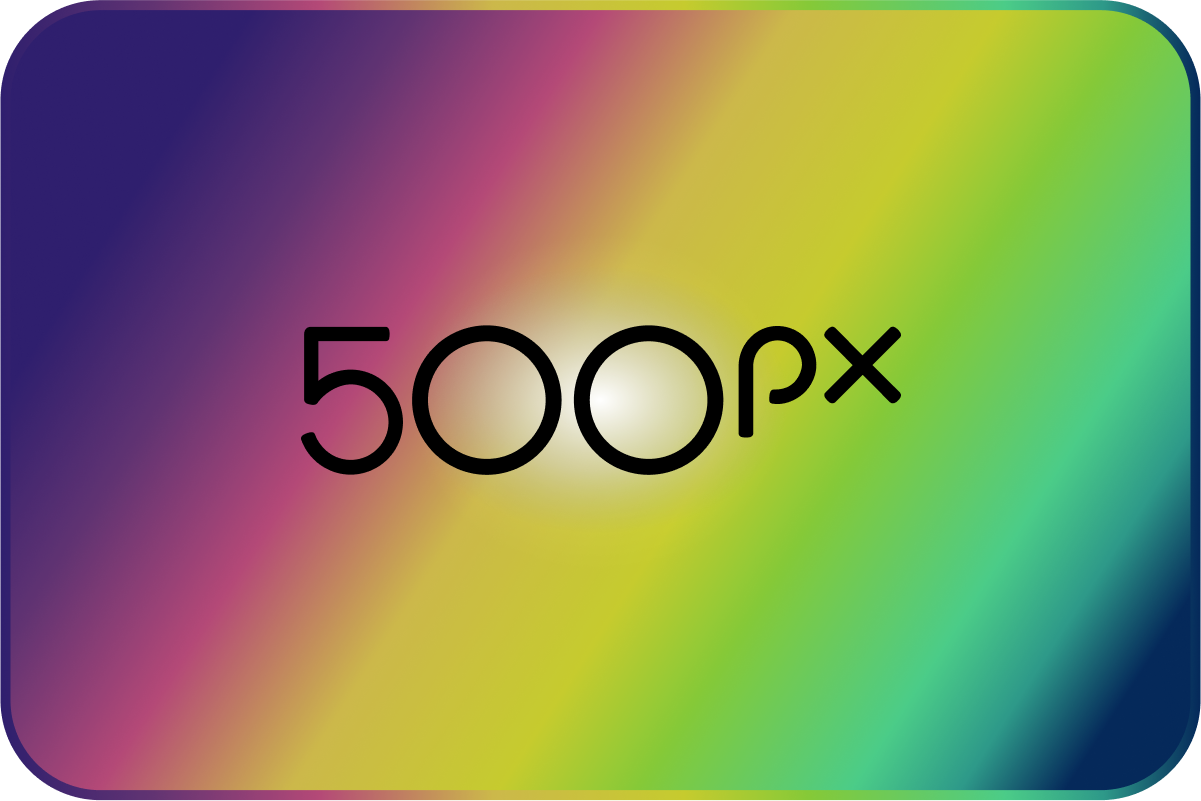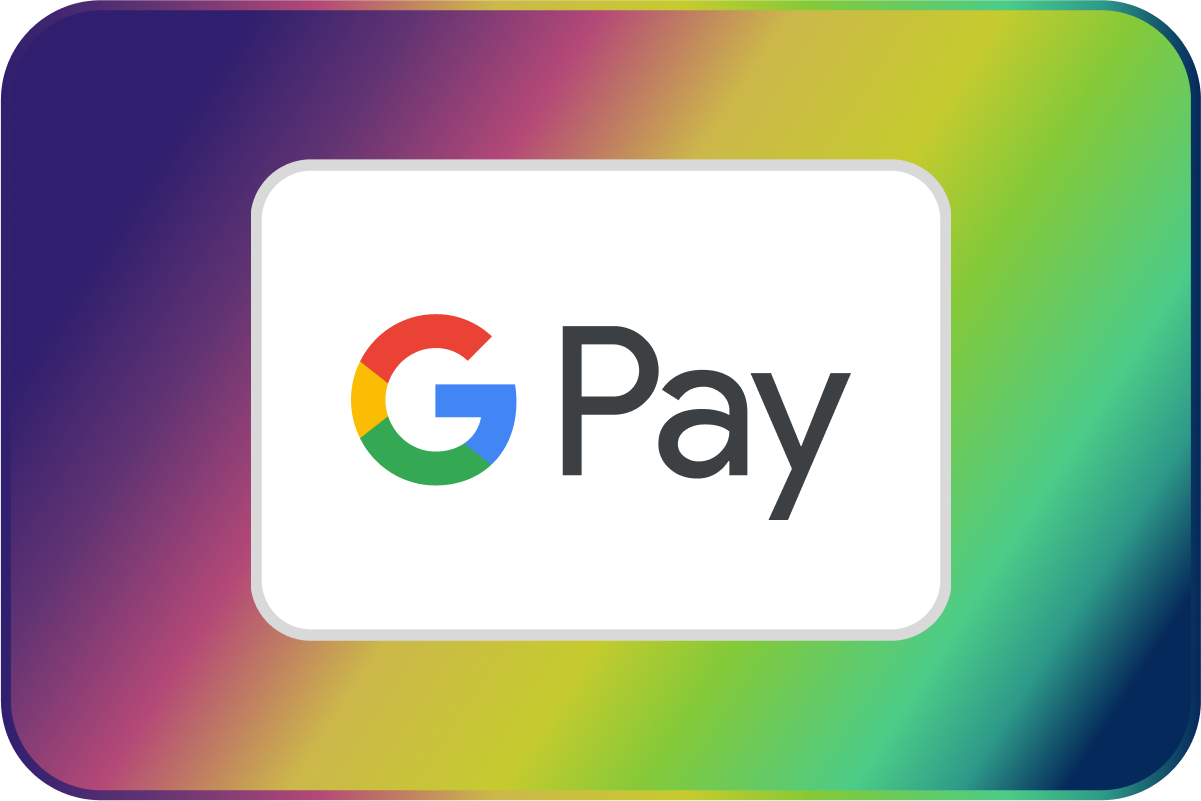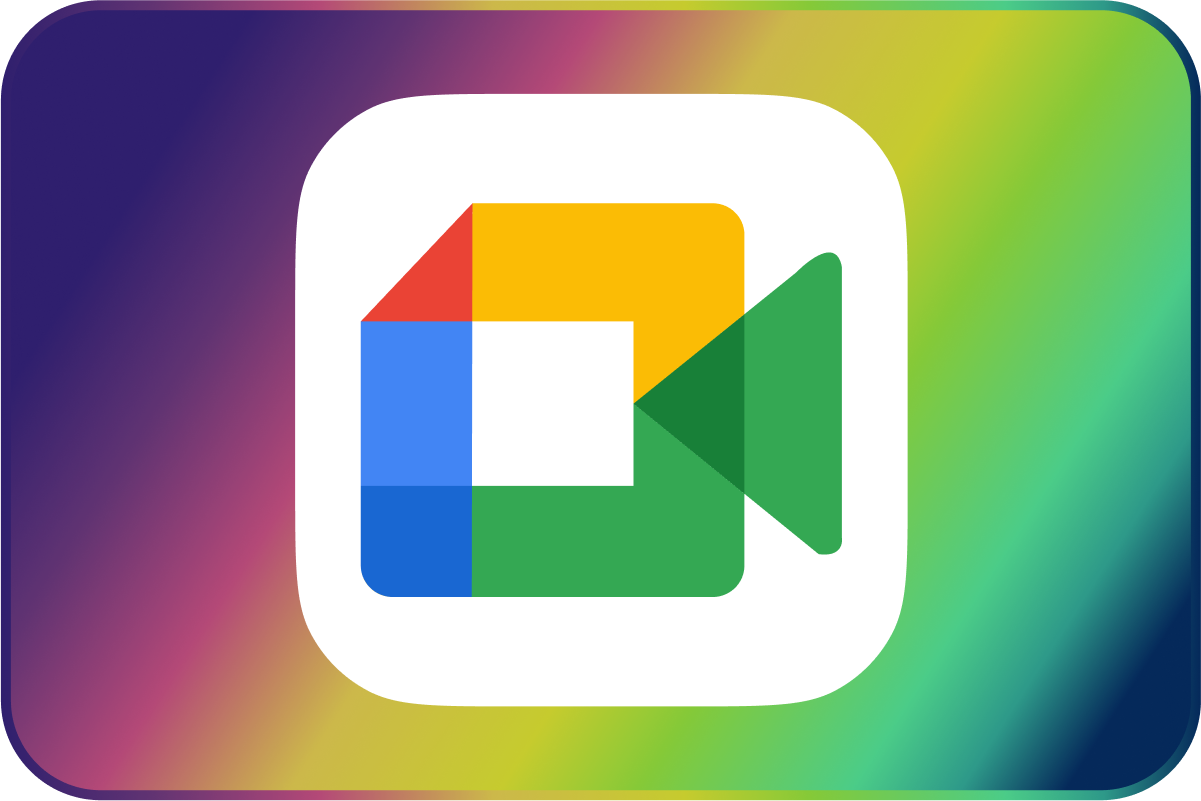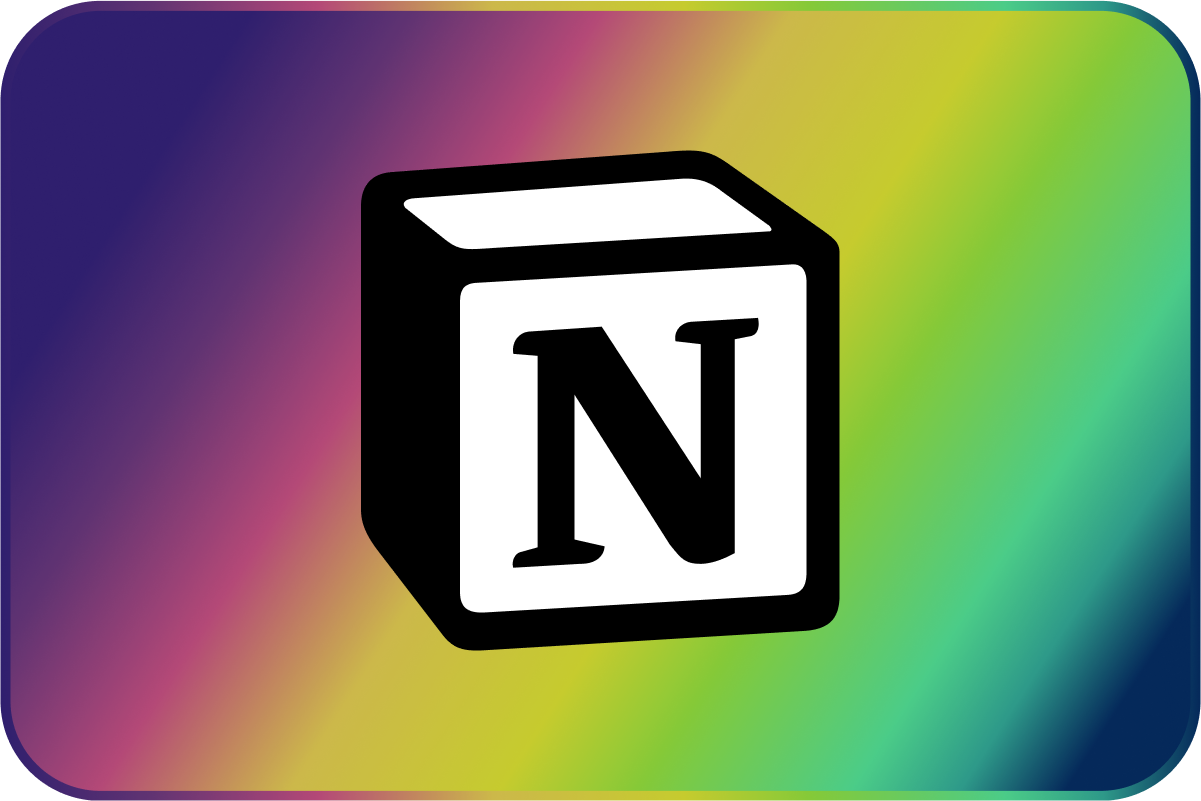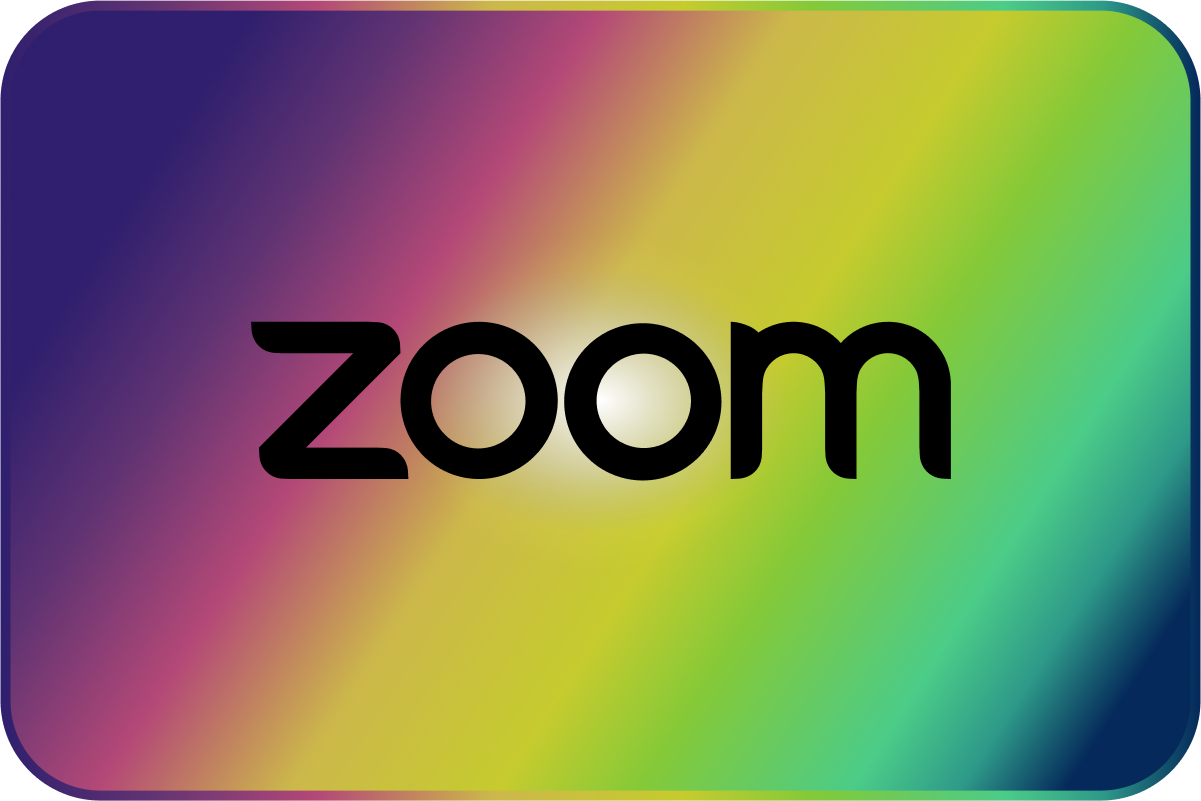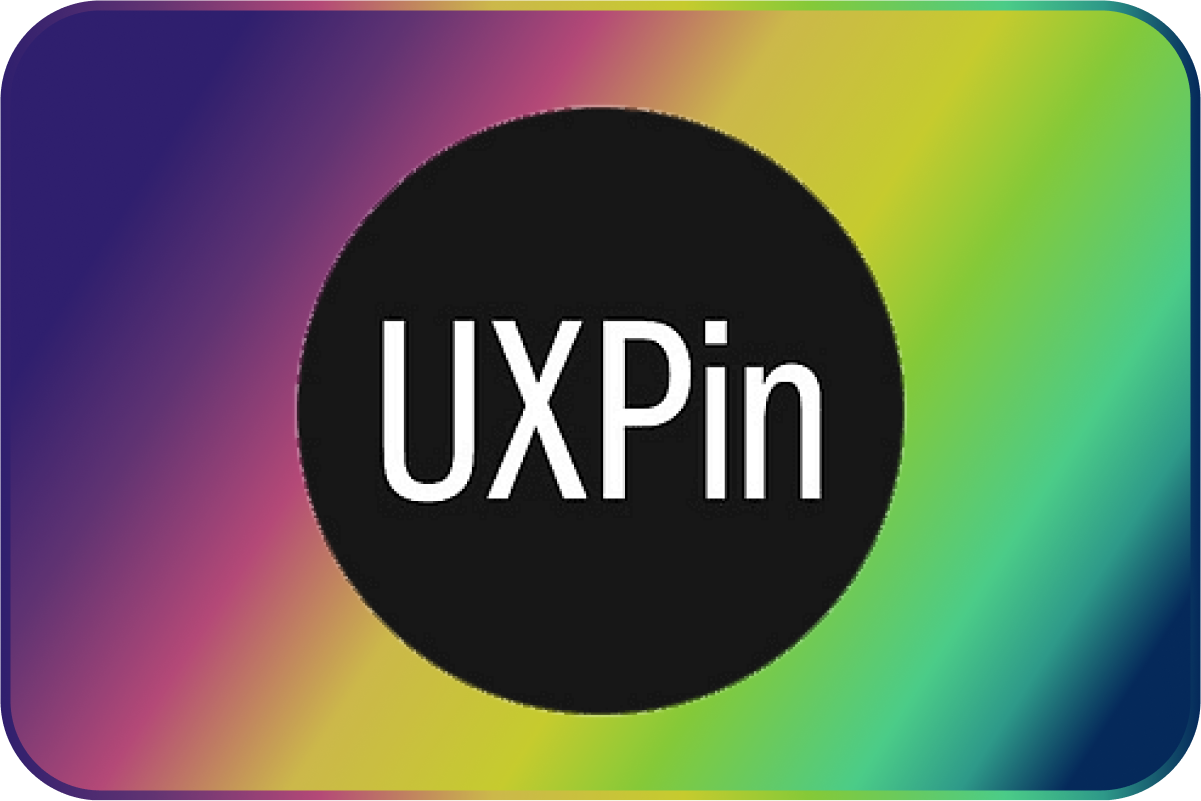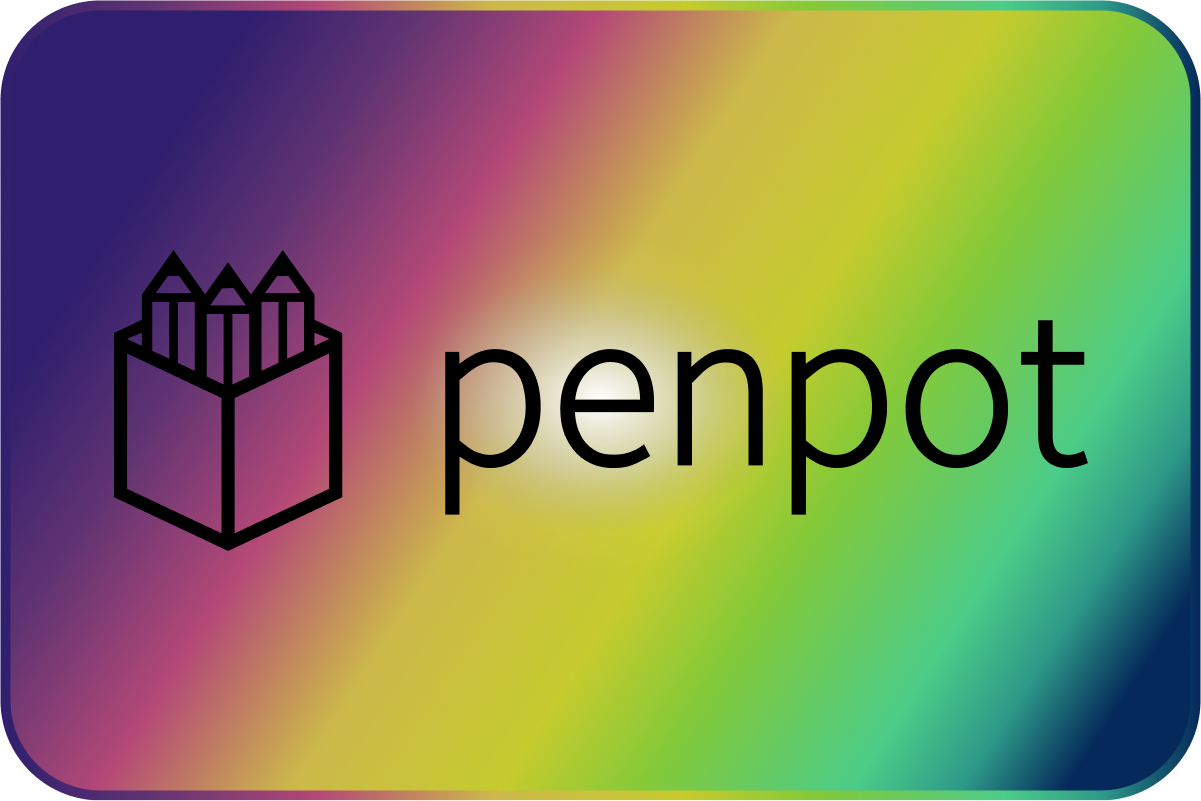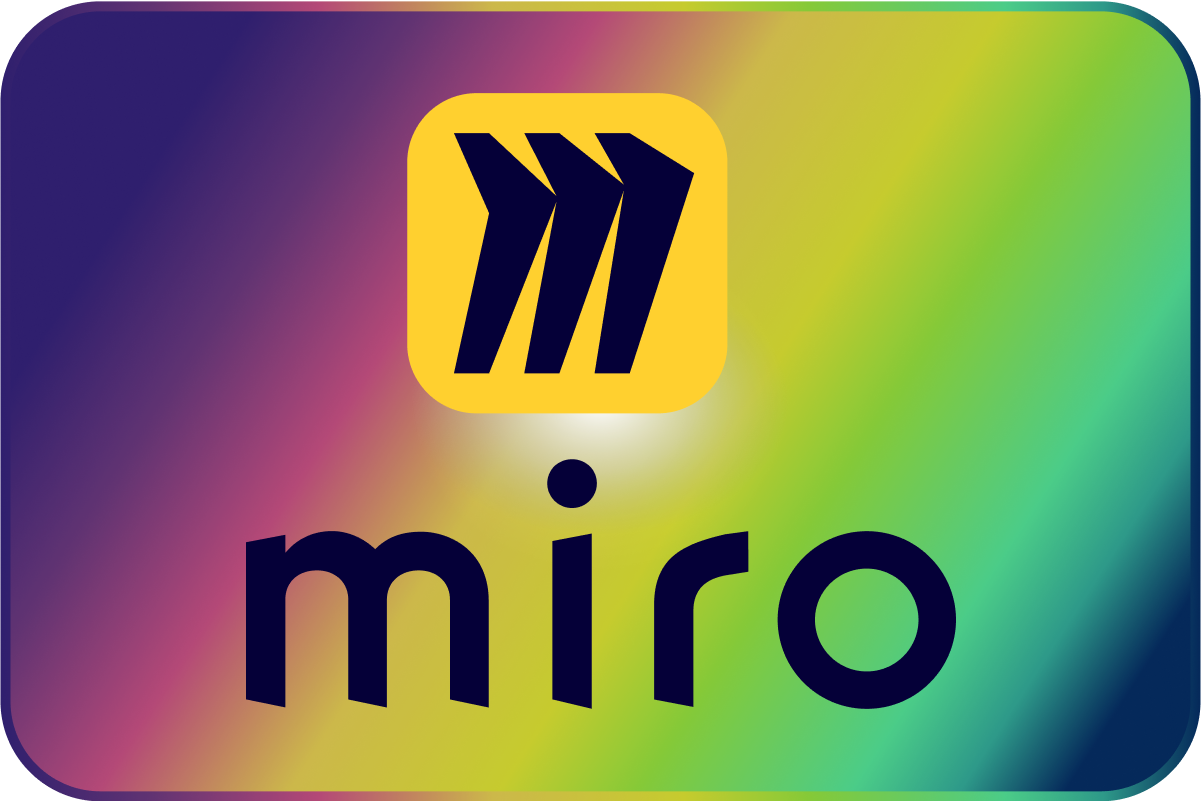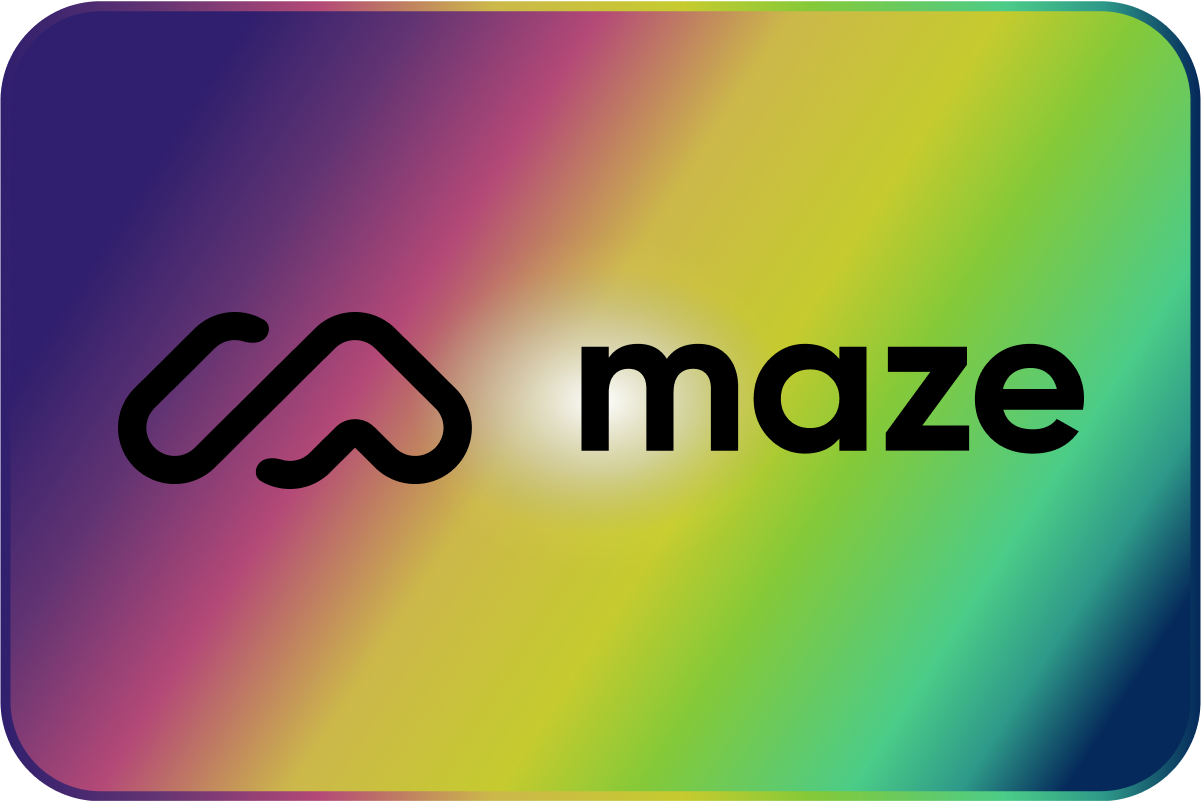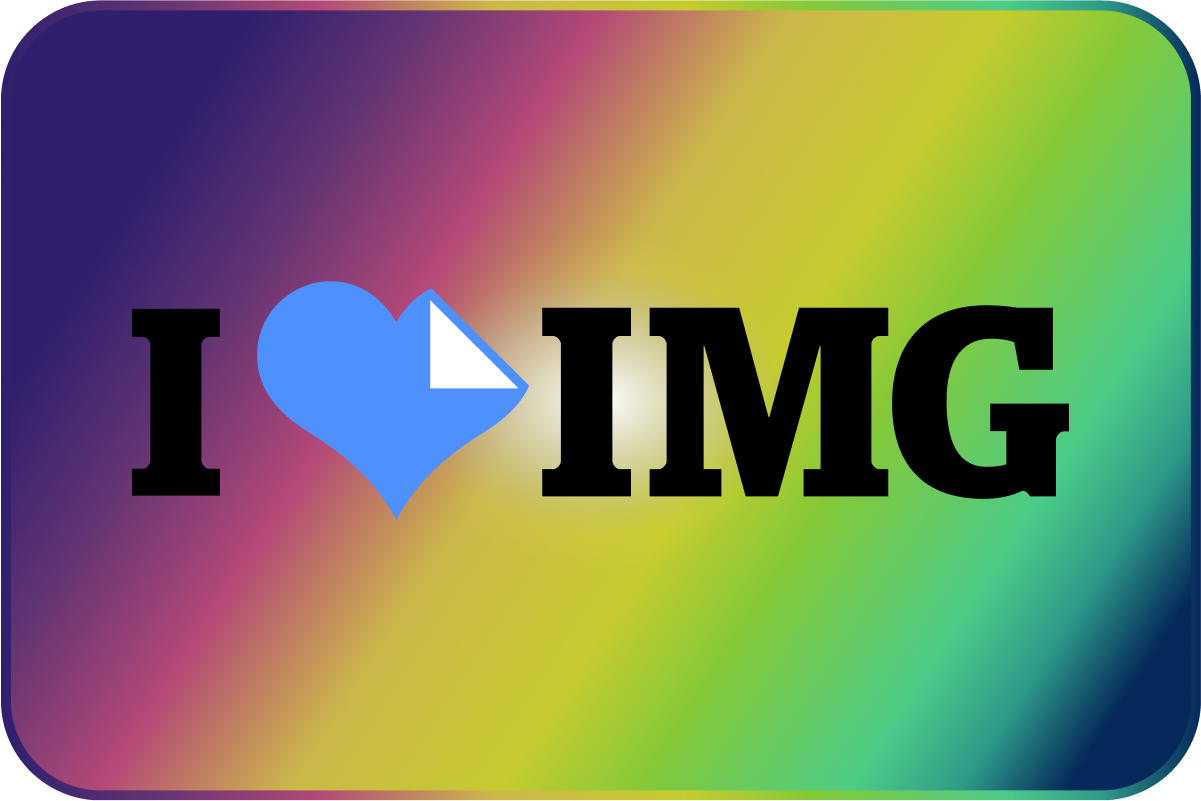

Sections:
2024
OVERVIEW
Product Name

User-centered design strategy is essential for driving engagement and customer satisfaction in today’s attention-based economy. This case study delves into the UX design process for [Project Name], a project initiated to address [specific problem or need]. Through in-depth research, iterative design, and rigorous testing, we aimed to develop a solution that not only meets user needs but also aligns with core business objectives.
By integrating user feedback at every stage, we were able to uncover insights that informed our design decisions, leading to a more intuitive and accessible experience. This case study highlights the key stages of our process—including research methodologies, design iterations, and validation techniques—demonstrating our commitment to creating a meaningful and effective user experience. Join us as we explore the journey from concept to completion, showcasing how thoughtful design can transform challenges into opportunities for innovation.
Project Timeline: MON 20XX – MON 20XX
QUICK LINKS




INTAKE
Getting Organized
Project Overview

What problems did we solve? Who was the target audience? Why was this important?
[Solution] is a [category] app designed to revolutionize the way users interact with their [core value proposition]. It boasts an intuitive interface, seamless [feature], and empowers users to make informed [core value proposition] decisions to improve [insert problem that it solves]. With features such as customizable [feature], advanced [feature] tools, and seamless [feature] capabilities, [Client] aims to democratize access to the [core value proposition] and level the playing field for both seasoned [user type] and newcomers alike.




IMMERSION
Getting up to speed
Role & Responsibilities

Describe your role and what you were responsible for. Highlight the senior UX designer’s involvement.
As a core member of this project, I collaborated with the Senior UX Designer to map out the user journey and tackle challenges head-on. My focus? UX research, wireframing, and collaborating with stakeholders to fine-tune the design and align visions—while soaking up tons of expert insights along the way.
Leverage insights, patterns, and requirements from dependent and adjacent projects to inform roadmaps and strategic priorities. Identified new opportunities to improve systems and processes using technology. Continuously analyze how policies, interpersonal dynamics, brand and company history, and organizational structure could impact service delivery including co-management of change tolerance. Advocated for the value of service design to colleagues, vendors and collaborators to foster understanding and support, establishing standards for exemplary design practices.
Lead project discovery stages to understand, document, and communicate existing processes and challenges. Facilitate workshops and discovery sessions to uncover user/customer/employee problems, identify opportunities, and propose innovative solutions. Analyze and evaluate the constraints and potential of complex systems and platforms. Collaborate with the UX Center of Excellence (CoE) Research to plan and conduct ethical, thoughtful user research with diverse stakeholders. Develop design solutions that meet requirements, are desirable and feasible. Translate employee needs into actionable business, product, and service requirements, championing an optimized user experience. Design future states for both backstage systems and front-stage user experiences. Create deliverables to illustrate design solutions, including service blueprints, journey maps, and system maps. Craft and deliver compelling stories and presentations that communicate insights, concepts, plans, and the impact of design initiatives.




PHASE I
Define
Problem Statement

Clearly define the problem you were trying to solve. This will set the foundation for explaining your approach.
Users were struggling with [insert problem], leading to confusion, frustration, and abandoned sessions. We needed to create a [insert solution type] that would streamline their experience and keep them engaged—without adding unnecessary complexity. Began to enumerate stakeholder goals and constraints to inform project scope and timelines.




PHASE II
Analyze
Research & Discovery

Explain the research process. Include user interviews, surveys, competitor analysis, and any relevant UX research methods you used.
We dove into the minds of our users with a blend of surveys, interviews, and competitor audits to understand their pain points. From there, we uncovered some golden insights—[insert key findings]—that helped shape the design vision.




PHASE III
Ideate
Ideation & Strategy

Describe the brainstorming process and design strategy. How did you, alongside the rest of the team, come up with the solution?
Armed with our research, it was time to dream big! Through whiteboard sessions, brainstorming workshops, and countless Post-it notes, we fleshed out ideas for a smoother user experience. The senior UX designer brought a fresh perspective, guiding us to create something that was not only functional but fun to use!



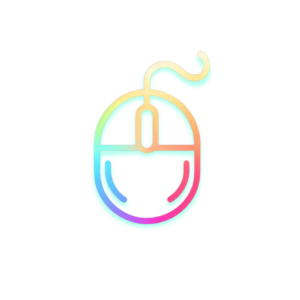
PHASE IV
Design
Wireframes & Prototyping

Highlight the early design phases. Show how wireframes and prototypes were developed.
Once the ideas were flowing, it was time to bring them to life! We started with low-fidelity wireframes, getting feedback from users and the senior UX designer. Each iteration helped us refine the design further, culminating in a high-fidelity prototype that users loved.




PHASE V
Validate
Validation

We needed to assess how well the design meets user requirements and expectations so various processes and methods were used to validate the solutions developed throughout the project.
Design validation ensures user needs are being met while also aligning with business goals. We worked to identify any outstanding usability issues before final implementation and to gather feedback to inform any further design iterations.
Methodology

We used a mix of qualitative and quantitative methods to validate our design:
1. Usability Testing
- Overview: Conducted usability tests with a representative sample of target users.
- Participants: [Number of participants, demographics, and how they were selected].
- Tasks: Participants were asked to complete specific tasks while interacting with the design.
- Metrics: We measured task success rate, time on task, and user satisfaction via post-task questionnaires.
2. A/B Testing
- Overview: Implemented A/B testing to compare two variations of a design.
- Hypothesis: [State the hypothesis you sought to validate].
- Results: [Briefly describe the results and metrics used to evaluate performance].
3. Surveys and Questionnaires
- Overview: Distributed surveys to gather user feedback on the design.
- Content: Questions focused on usability, aesthetics, and overall satisfaction.
- Response Rate: [Provide details on how many responses you received and the demographics of respondents].
4. Heuristic Evaluation
- Overview: Conducted a heuristic evaluation using established usability principles.
- Evaluators: [Number of evaluators and their backgrounds].
- Findings: Summarized key usability issues found and proposed solutions.
Findings
Usability Issues: List any usability issues discovered during testing and potential impacts on user experience.
Key Insights: Highlight significant findings from usability tests, A/B tests, surveys, and evaluations.
User Testing & Feedback

Share insights from the testing phase and feedback you received from users. How did the final product perform?
After releasing the prototype for user testing, we received incredible feedback. Users praised the simplicity and effectiveness of the design, noting that it solved [insert problem] without sacrificing fun! This phase taught us the value of testing and iteration in the UX process.
Iterations

Based on the findings, the following design iterations were made:
[List any changes or improvements implemented as a result of validation efforts].




PHASE VI
Deliver
Challenges & Solutions

Outline any challenges you faced during the project and how they were overcome. Focus on the learning experiences.
Of course, no great project comes without its share of challenges! We hit a roadblock when [describe challenge], but thanks to some creative problem-solving and the senior UX designer’s guidance, we pivoted to a solution that not only fixed the issue but also improved the overall flow.
Final Design

Describe the final solution and how it addressed the problem. Include visuals of the design (screenshots, user flows, etc.).
The final design was a triumph! With a clean, intuitive interface, users could now [describe how the design solved the problem]. The response? Overwhelmingly positive! We saw a [insert measurable results: conversion rate, engagement, etc.] increase in user satisfaction.




REFINEMENT
What we discovered
Key Takeaways & Reflections

Quantify the success of the project. Include any relevant data, stats, or feedback to demonstrate impact.
Since the launch, we’ve seen a [insert statistic: e.g., 25% increase in user retention] and overwhelmingly positive feedback from users. The senior UX designer’s influence helped us craft a design that was both delightful and effective.
What’s Next?

Share the next steps or any future improvements planned.
We’re not stopping here! We’re already brainstorming new features based on user feedback, and I can’t wait to continue improving the experience for our users.
Final Thoughts

Mission accomplished!
This project was an absolute blast, and I couldn’t be prouder of the final product. Designing alongside a senior UX designer has been a game-changer for my growth, and I’m excited to keep pushing boundaries in future projects!
tbd

tbd
tbd

